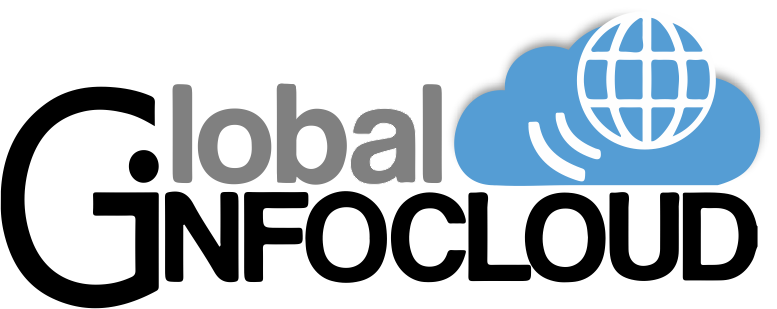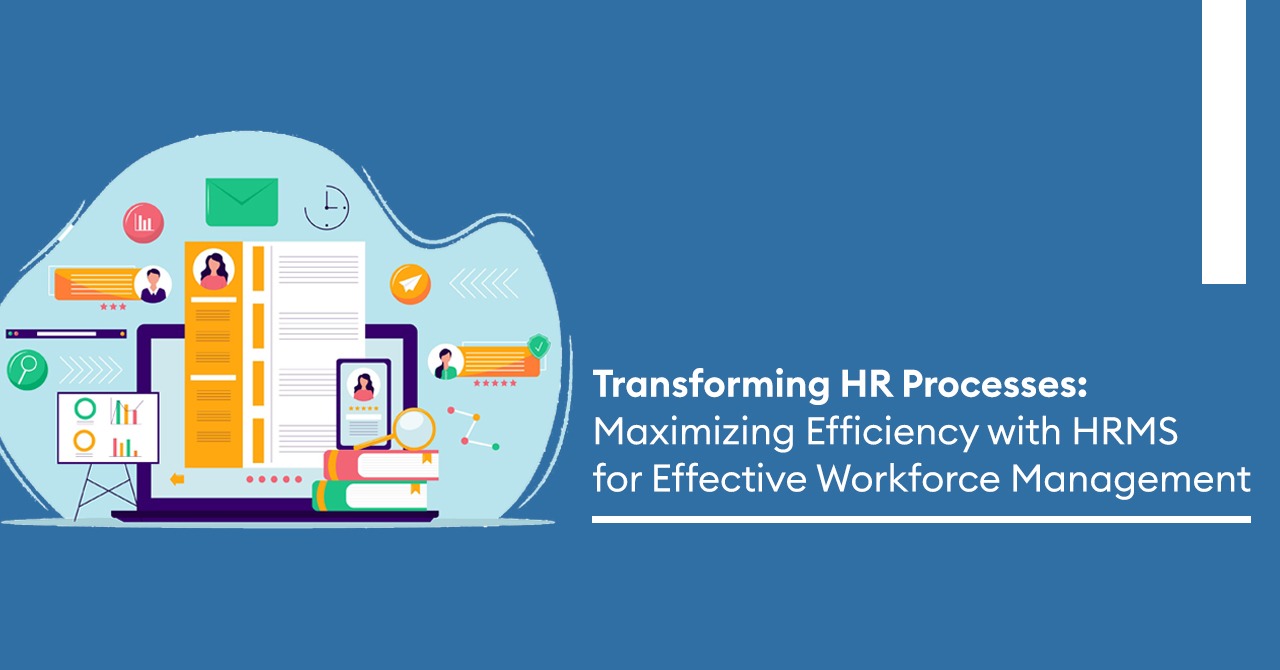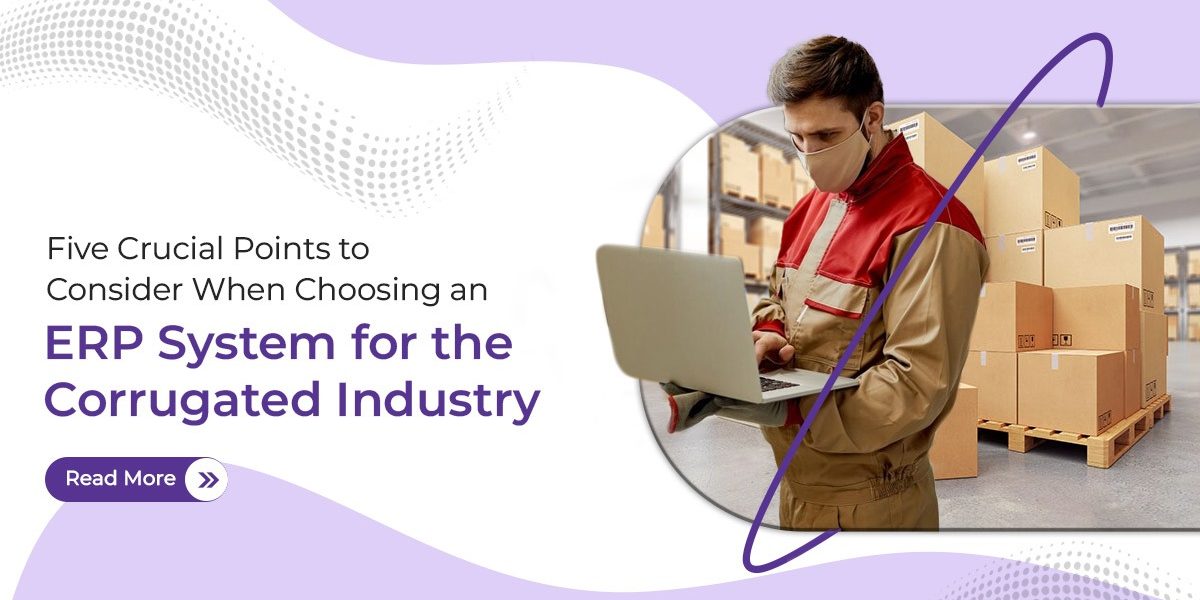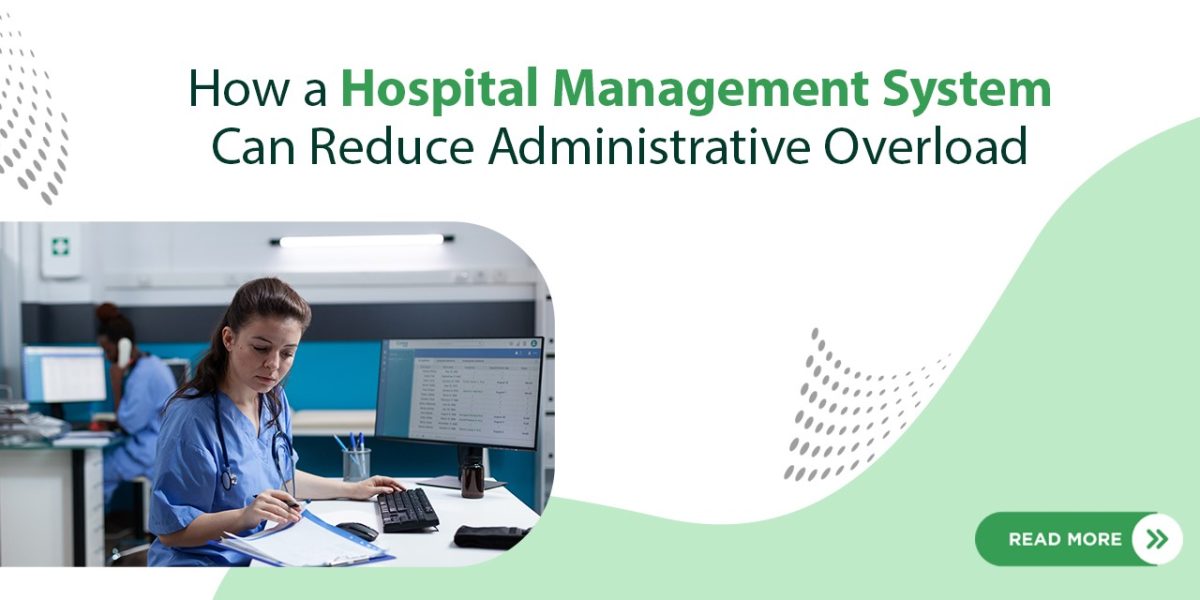Human Resource Management Systems (HRMS) have transformed the way businesses manage their workforce. In an era where efficiency and productivity are critical for business success, HRMS software provides a comprehensive solution to streamline HR processes, improve data management, and optimise workforce management. HRMS software enables HR professionals to focus on strategic initiatives that drive organisational success by automating routine tasks and centralising employee information. In this blog, let’s explore how implementing HRMS can transform HR processes and maximize efficiency in workforce management.
Streamlining Recruitment and Onboarding
Without the proper tools, the hiring and onboarding processes can be time- and resource-intensive. By offering a centralised platform for job postings, applicant tracking, resume screening, and interview scheduling, HRMS streamlines and automates these procedures. By doing away with manual paperwork, HR teams can effectively manage candidate profiles and follow their advancement throughout the recruitment process. Additionally, HRMS streamlines the onboarding process by automating the production of offer letters, the creation of employee profiles, the management of documentation, and the delivery of training materials. These streamlined procedures lighten the administrative load and shorten the hiring process, making it easier for new hires to adjust.
Enhancing Employee Data Management
It is critical for effective HR management to keep employee data accurate and up to date. HRMS contain centralised data related to employees, such as personal information, employment history, performance records, benefits, and so on. HRMS reduces the risk of errors and data inconsistencies by eliminating the need for manual record-keeping and paperwork. It enables human resource professionals to easily access and update employee records, track attendance, manage leave requests, and generate detailed reports. Real-time data availability ensures that HR decisions are based on accurate and reliable information, resulting in better workforce planning and decision-making.
Automating Performance Management
Traditional performance management processes are frequently subjective and inefficient. Human resource management systems (HRMS) provide automated performance management tools that enable organisations to set clear performance objectives, track progress, and provide timely feedback. HRMS ensures consistency and fairness across the organisation by automating performance reviews and evaluations. Managers and employees can use it to set goals, track performance metrics, and conduct regular check-ins. Furthermore, HRMS provides a platform for 360-degree feedback, which facilitates better communication and fosters a culture of continuous improvement.
Enabling Self-Service Portals
Employees are given self-service portals by HRMS so they can access and control their own HR-related data. Employees can access training materials, view pay stubs, update personal information, request time off, and enrol in benefits programs through self-service portals. Employee engagement is increased by HRMS by giving employees access to their own information while easing the administrative burden on HR teams. Employees can quickly find solutions to their HR-related questions, which lessens the need for ongoing HR intervention and frees up HR professionals to concentrate on more strategic initiatives.
Improving Compliance and Reporting
Compliance with labour laws and regulations is an important aspect of human resource management. HRMS simplifies compliance by automating the generation of accurate reports, ensuring that organisations remain legally compliant. HRMS software includes standardised templates and workflows for producing reports on employee demographics, payroll, benefits, and other HR-related metrics. These reports assist businesses in analysing workforce trends, identifying areas for improvement, and making data-driven decisions. Furthermore, HRMS ensures that employee data is stored securely and is only accessible to authorised personnel, in accordance with data protection and privacy regulations.
Conclusion
Implementing HRMS software transforms HR processes and increases workforce management efficiency. HRMS enables HR professionals to focus on strategic initiatives that drive organisational growth by streamlining recruitment and onboarding, improving employee data management, automating performance management, enabling self-service portals, and improving compliance and reporting. HRMS has become an indispensable tool for effective HR management in the modern workplace due to its ability to centralise employee information, automate routine tasks, and provide real-time data. Embracing HRMS is a proactive step towards developing an agile and efficient workforce capable of adapting to today’s business challenges.
GIC from Pune offers efficient HRMS software that streamlines processes, increases productivity, saves time and enhances efficiency.




